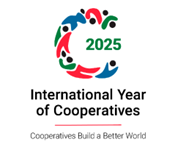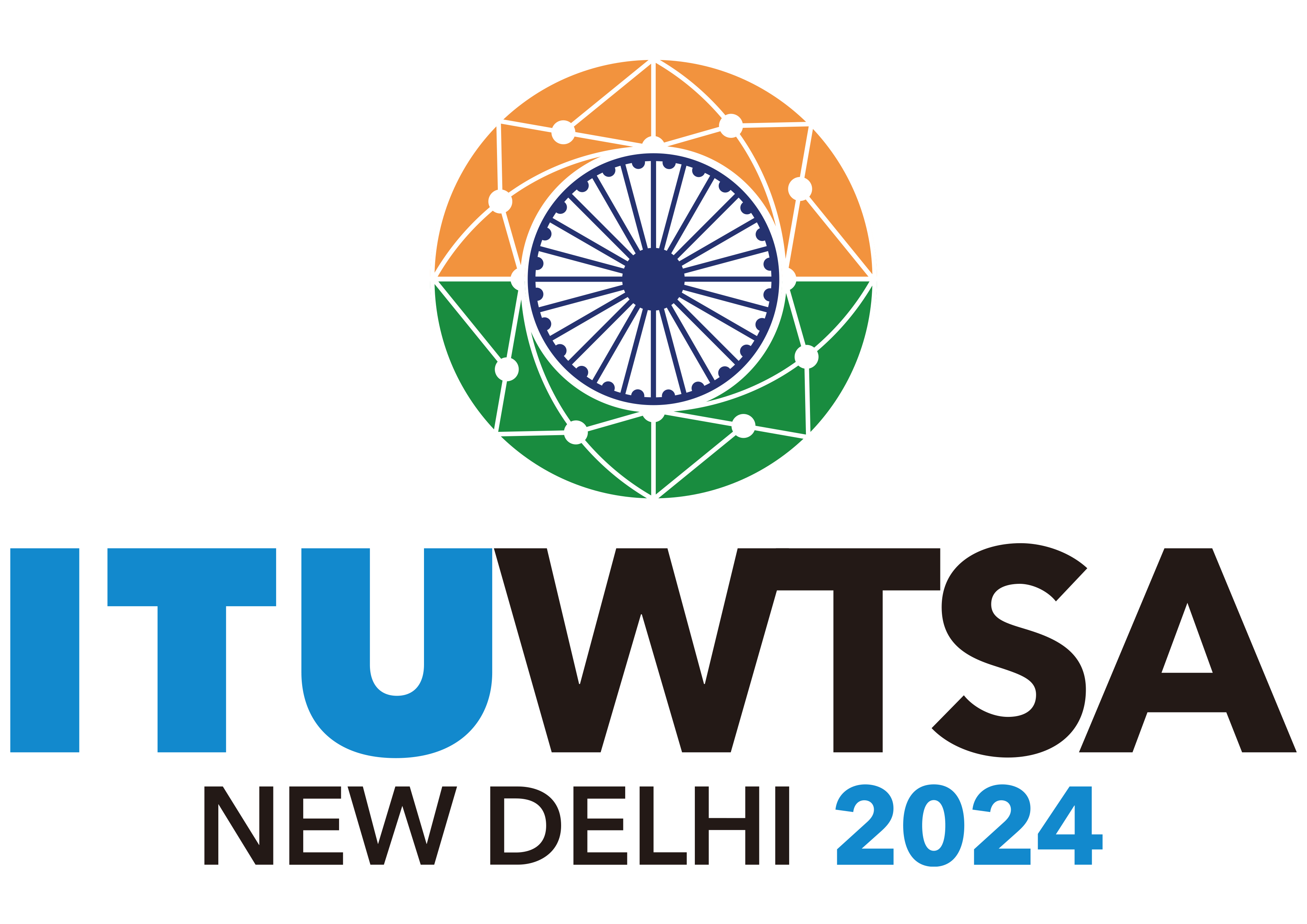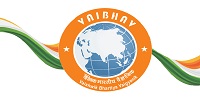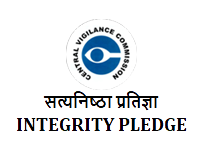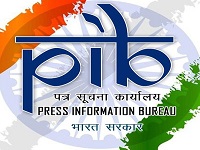U.S Congressional delegation calls on Science & Technology Minister
Reiterating that technology is a strong priority area for the Government, Union Minister of Department of Science & Technology, Dr. Harsh Vardhan has said that the aim of the Government is to make science people-centric. Interacting with a visiting U.S Congressional delegation led by Rep Lamar Smith, Chairman, Committee on Space and Technology, Dr. Harsh Vardhan said that technology is the driving force in India. He told the delegation that Council of Scientific and Industrial Research (CSIR) is working on 200 technologies.
“There are nearly one million Indian origin scientists and engineers working in the United States”, Dr. Harsh Vardhan said. The Minister also said that the process of ‘brain drain’ has now been reversed to ‘brain gain’, as many young scientists have started returning to India. Dr. Harsh Vardhan also emphasized that core activities could be scaled up only if the funding is enhanced.
The two sides discussed ways and means to further enhance bilateral cooperation in the field of science and technology.
While the Indian delegation was represented by Secretary, Department of Science & Technology, Prof. Ashutosh Sharma, Secretary, Ministry of Earth Sciences, Dr. M. Rajeevan, Secretary, Department of Biotechnology, Dr. K. VijayRaghavan, Director General, CSIR, Dr. Girish Sahni and Dr. Arabinda Mitra, Head, International Cooperation (Bilateral), the US Congressional delegation was represented by Rep. Dana Rohrabacher, Rep. Mo Brooks, Rep. Thomas Massie, Rep. Ami Bera, Rep. Brian Babin, Rep. Barbara Comstock, Rep. Mark Sanford and Rep. Darren Soto.



















